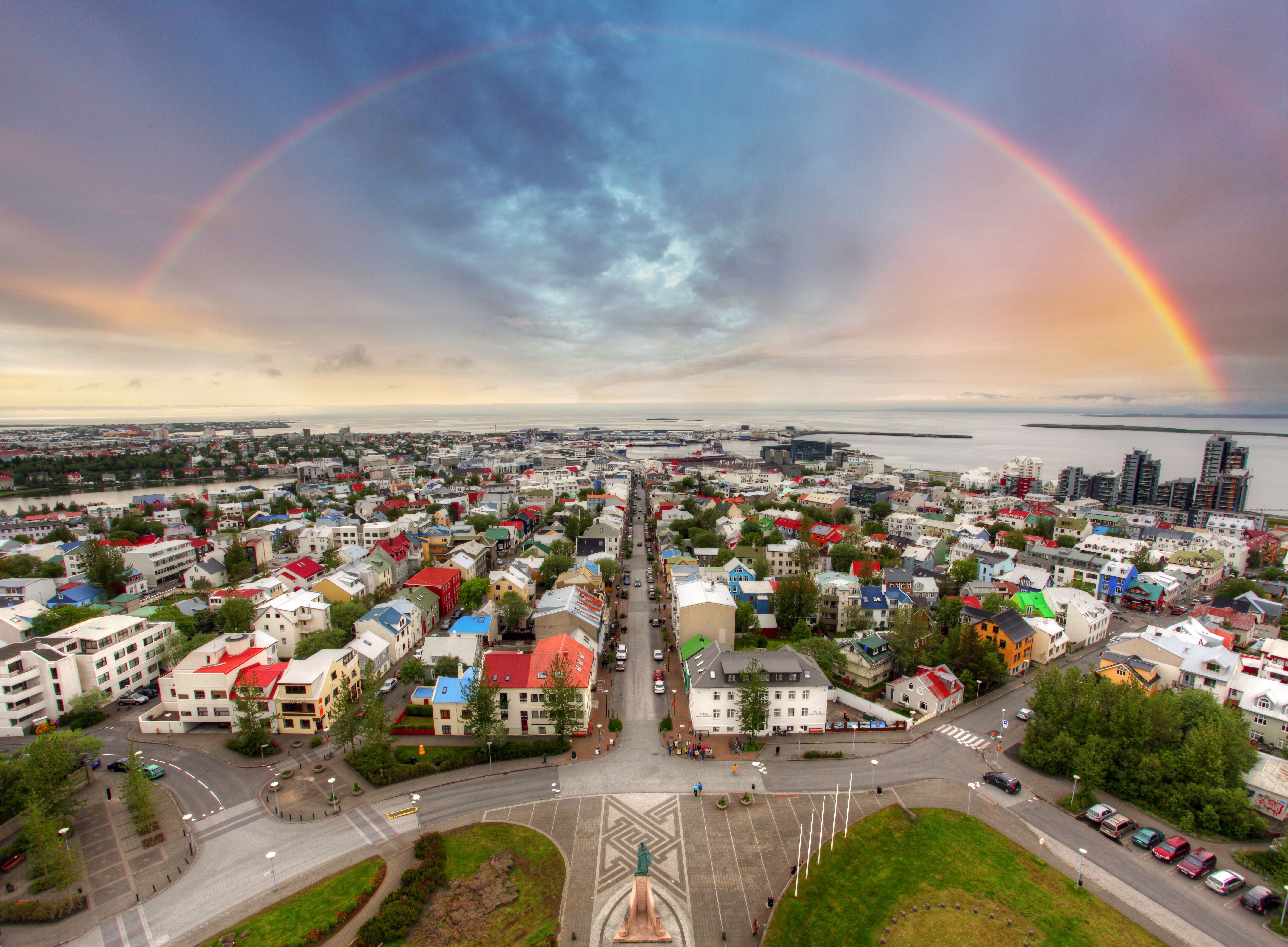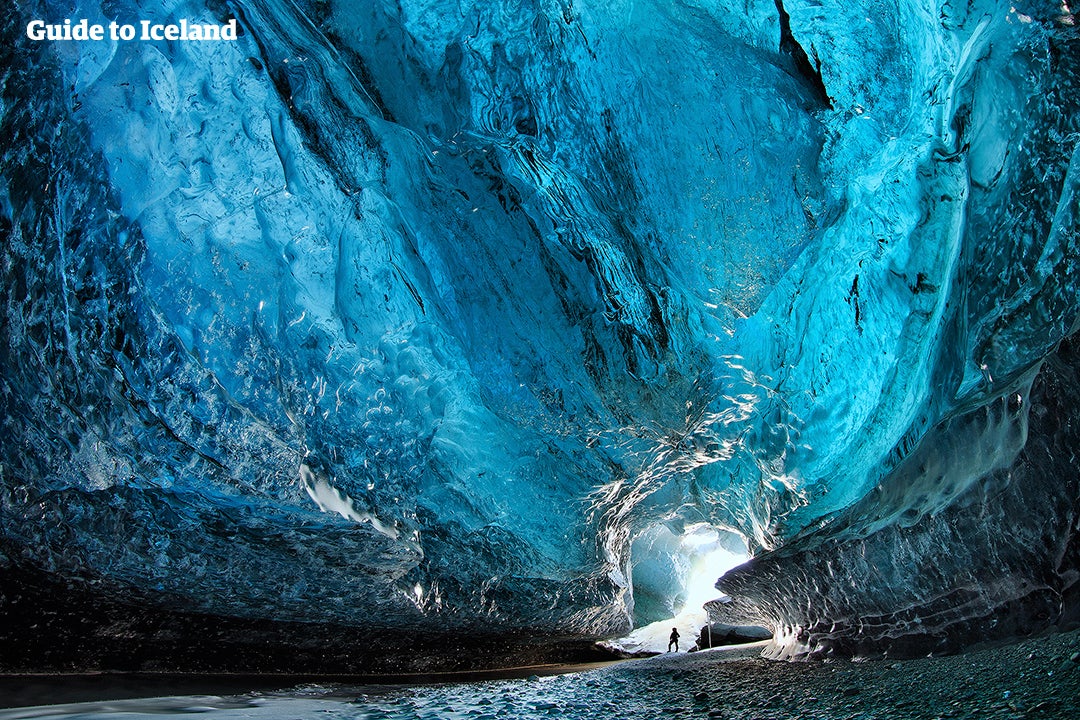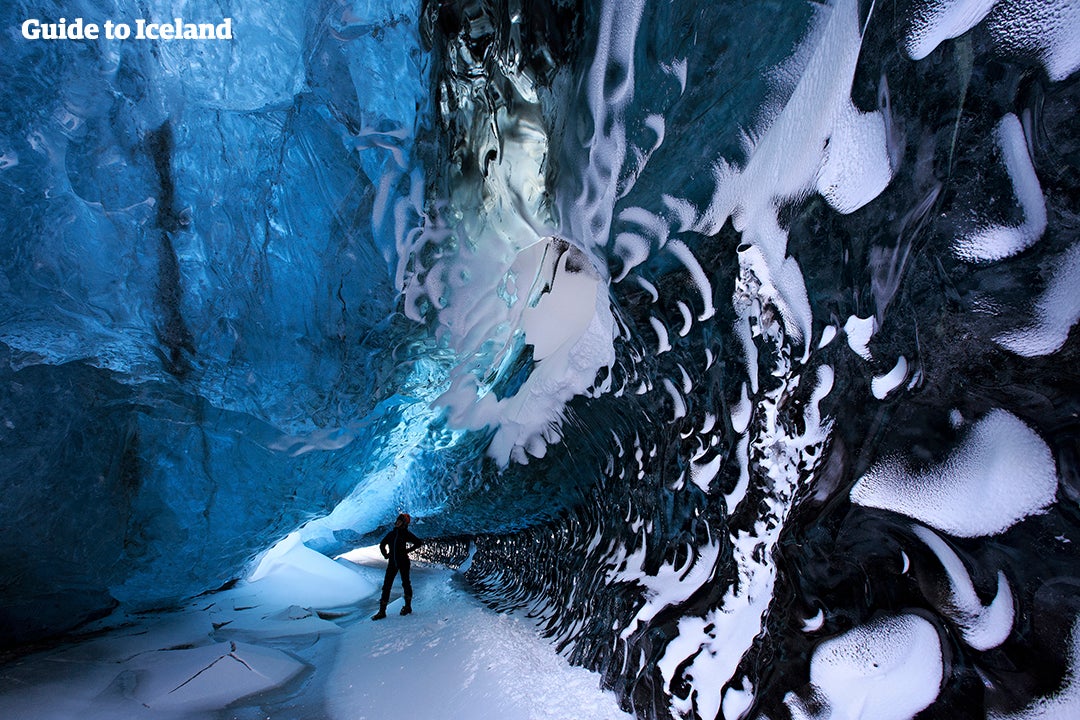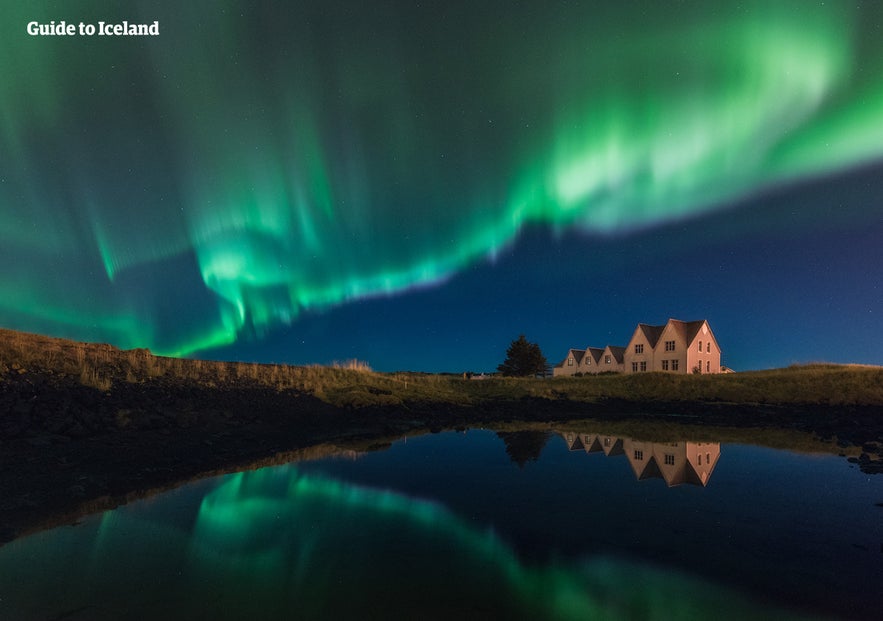
How should you spend ten days in Iceland? Will you be able to get to all of the significant sites and fit in all the tours you want? Is it possible encircle the country in less than two weeks? Read on to discover the best way to spend ten days in the Land of Ice and Fire.
- Be guided around the country with this 10-Day Itinerary | Ring Road Circle of Iceland and Reykjavik
- True adventurers should consider this Ultimate 10 Day Adventure in Winter
Please note that these recommendations are based on those renting their own cars to traverse Iceland. If you would like to spend ten days in Iceland without worrying about driving or organising your own tours, check out this ten-day package that runs between September and March, or this similar package that runs between April and August.
Why You Can Trust Our Content
Guide to Iceland is the most trusted travel platform in Iceland, helping millions of visitors each year. All our content is written and reviewed by local experts who are deeply familiar with Iceland. You can count on us for accurate, up-to-date, and trustworthy travel advice.
Day 1: The Reykjanes Peninsula and City of Reykjavik
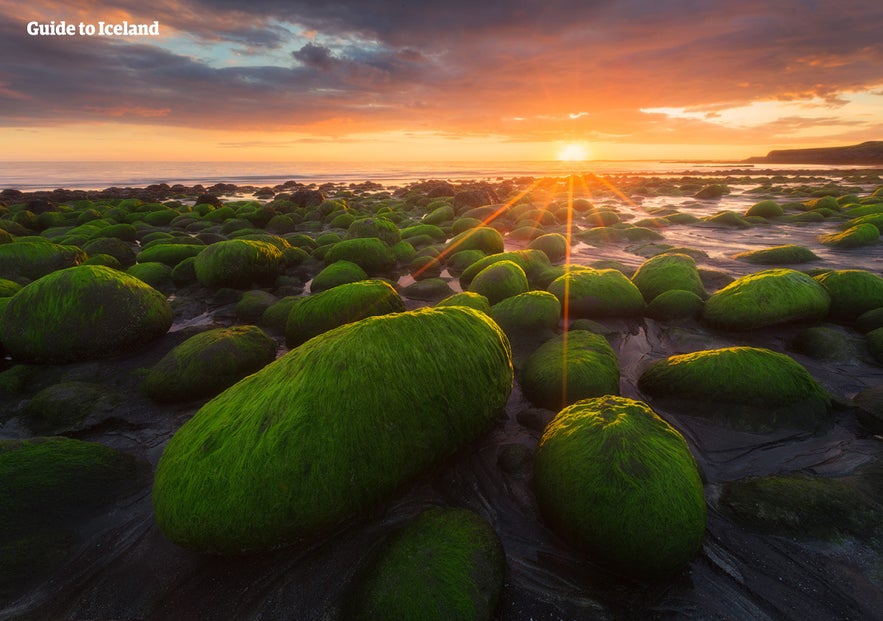
As soon as your plane lands at Keflavík International Airport, you will no doubt be eager to rush through customs and get your vacation started. After all, you have just under two weeks in Iceland, and there are a wealth of incredible natural features to see, exciting activities to embark on, and landscapes to marvel over.
Fortunately, however, ten days is by far enough time to have a fantastic, immersive holiday. You’ll be able to take the full Ring Road around the country and see all of its most famous sites (and some lesser-known ones too) without having to check your watch every few minutes.
Most guests head straight to Iceland’s bustling capital to get their holiday started; it takes about forty-five minutes to reach, driving along the Reykjanes Peninsula. In their rush, however, few take the time to explore this part of the country; those that do are well-rewarded.

Reykjanes is a geopark and volcanic marvel, with endless fields of jagged lava and rows of cone-shaped volcanoes. It is home to many little-visited gems that allow you to immerse yourself straight into Iceland’s unique nature, such as the hot springs at Gunnuhver and Seltún; bizarre rock formations at locations such as Brimketill; and the bird-watching cliffs at Krýsuvíkurbjarg.
It is also home to one of the most popular and defining features of Iceland: the Blue Lagoon. After a long flight, there are few better ways to revitalize than by basking in its azure waters and making the most of its treatments; just make sure to book in advance, as it is rarely possible to buy entry on the day.
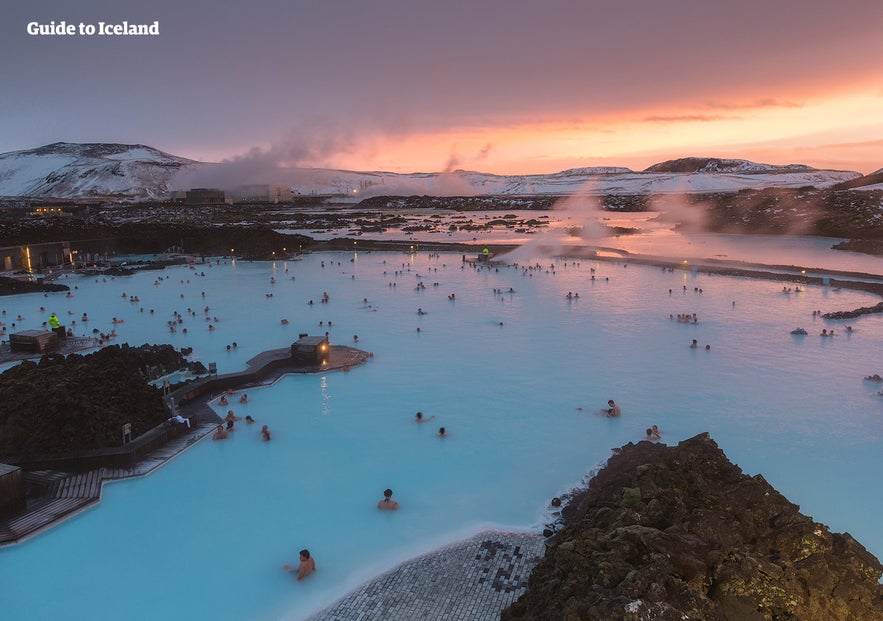
After making the most of your time on the Reykjanes Peninsula, you'll reach the bustling city of Reykjavík, dump your belongings at your accommodation, and make plans for the rest of your day. If you got to Iceland early (or else skipped over exploring the peninsula), it may be worth investing in a City Card to make the most of the capital.
These City Cards give you free access to many galleries and museums, free passage to Viðey Island, and discounts at many more places of interest, restaurants, bars, and shops. You could get one for 24 hours or, based on your plans for the next day, 48 hours.
If you plan on investing in the culture of Iceland, these cards will allow you to understand many facets of life in this country, and noticeably help you maintain your budget.

If, however, you arrive at the city late, you may instead wish to get a taste of its nightlife. Reykjavík, in spite of its small size, has a wealth of bustling bars and pubs, and a reputation for excellent live entertainment, with venues famous for all genres of music, burlesque, drag, and comedy.
- See also: Nightlife in Reykjavik
Make sure, however, you don’t enjoy yourself too much; you’ll want to be nice and fresh for the second day of your ten-day adventure tomorrow.
Day 2: Golden Circle Plus
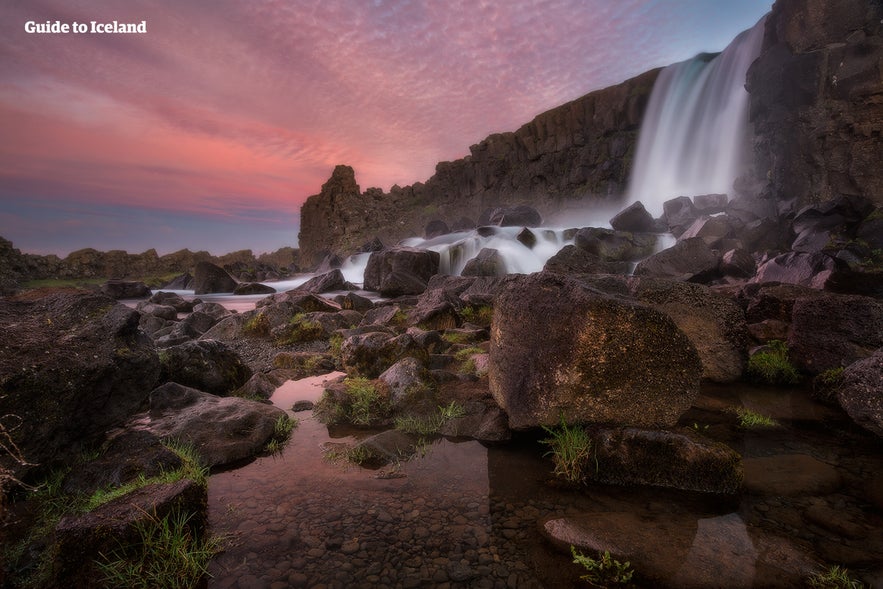
On your second day in Iceland, you are likely to want to see more of nature. Thankfully, in half a day, you can travel the country’s most popular sightseeing route, the Golden Circle, to witness three diverse and incredible sites.
The first of these is Þingvellir National Park, a UNESCO World Heritage Site that earned its status by being the original location of Iceland’s National Assembly. This progressive establishment was first held in 930 AD, making Iceland’s parliament the longest-running ongoing institution of its kind in the world today.
Aside from its history, the park is renowned for its great natural beauty and incredible geology. It located directly between the Eurasian and North American tectonic plates and is one of the few places in the country where both plates are visible. The valley in between is a mix of forest and lava fields, broken up with veins of freshwater streams leading into a vast and serene lake.

The second site is the Geysir Geothermal Area, named after, as one could guess, the geysers within it. The Great Geysir itself was such a dramatic feature that it became the namesake of all similar phenomena around the world, although currently, it is in a period of inactivity.
In spite of this, it sits beside a still erupting hot spring, Strokkur. Every five to ten minutes, Strokkur awes those gazing upon it by blasting boiling water into the sky, often to heights exceeding 20 meters. Surrounding it are many other mud pits and hot pools to admire while waiting for the next eruption.
The final destination on the Golden Circle is Gullfoss. Iceland is famous for its incredible, mighty waterfalls, and Gullfoss stands proudly as one of the most popular and dramatic. Falling in two tiers into an ancient valley, it is mightily impressive, and there are many platforms and vantage points that you can admire it from.

- See also: Waterfalls in Iceland
All three of these sites warrant at least half an hour to enjoy, but even if you were to spend an hour at each, you’d still have plenty of time to fill the rest of your day. This is where a 48 City Card could come in perfectly; you could return to Reykjavík, and spend the afternoon making the most of the many cultural opportunities available.
Otherwise, you could use the opportunity to add one of the many exciting adventures available in Iceland to your day. Many tour operators offer Golden Circle excursions that have bonuses such as horseback riding, whale watching, and snowmobiling that go throughout the year.
Throughout certain months, you could also add on excursions such as the ‘Into the Volcano’ experience, where you descend into the vast, vividly colored magma chamber of a dormant volcano, or the ‘Into the Glacier’ tour, where you can enter a man-made tunnel carved into Langjökull glacier.
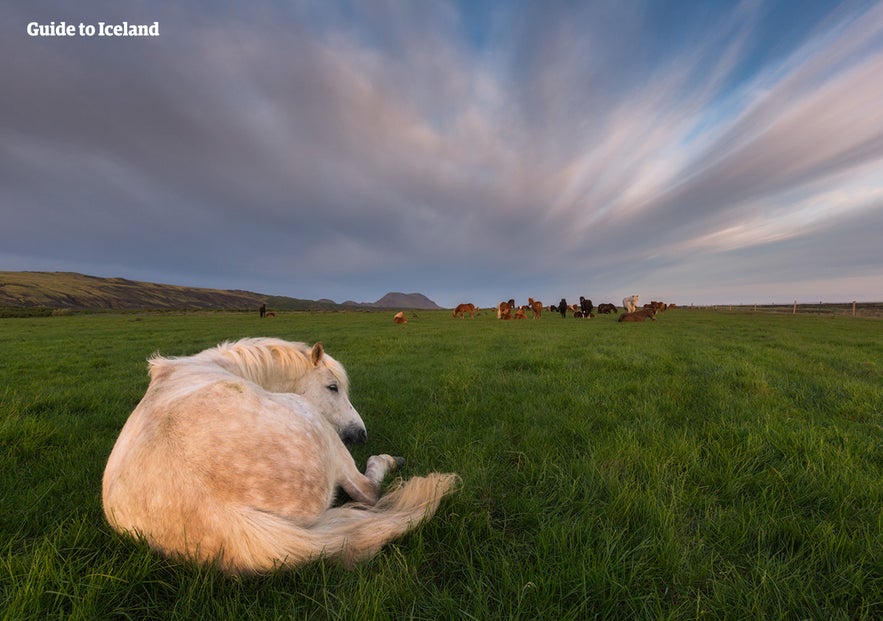
If, however, you neither wish to do a tour or spend more time in the capital, you could explore some of the lesser-known sites around the Golden Circle.
Sólheimar is an eco-village that supports disadvantaged people such as those with learning difficulties and is renowned for its arts and crafts. Fríðheimar is a tomato and horse farm, where you can explore the greenhouses that produce Icelandic vegetables throughout the year, and witness an excellent horse show. The Secret Lagoon, meanwhile, is the country’s oldest swimming pool, surrounded by hot springs and with its own miniature geyser.
Day 3: The South Coast
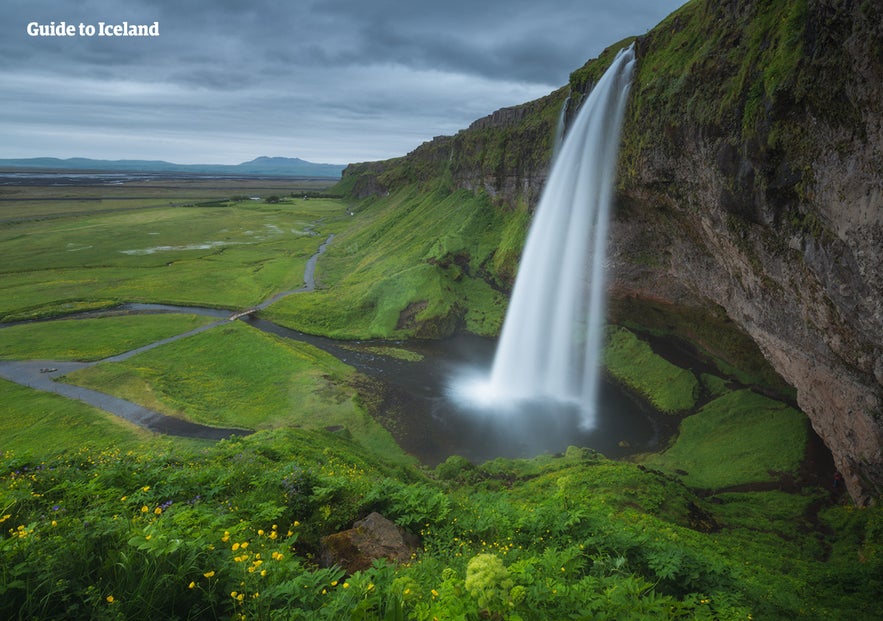
On the third day of your ten-day adventure in Iceland, you will embark on your journey around the island, taking the Ring Road along the South Coast. The South Coast of Iceland is renowned for its wealth of fantastic sites, most of which visible from the road and incredibly easy to access.
The first of these is Seljalandsfoss, one of the country's most photographed and serene waterfalls. When the ground is clear of ice, it is possible to take a rocky path that fully encircles the gentle cascade, allowing guests to enjoy a perspective that can be found in few other places in the country.
If traveling in summer, do not rush away from Seljalandsfoss; nearby is a secret gem called Gljúfrabúi, another waterfall hidden in a little grotto within a cliff-face. Though it is easy enough to access, it does require you to wade - or hop over stepping stones - to reach, so it is best to wear waterproof boots to get to it.
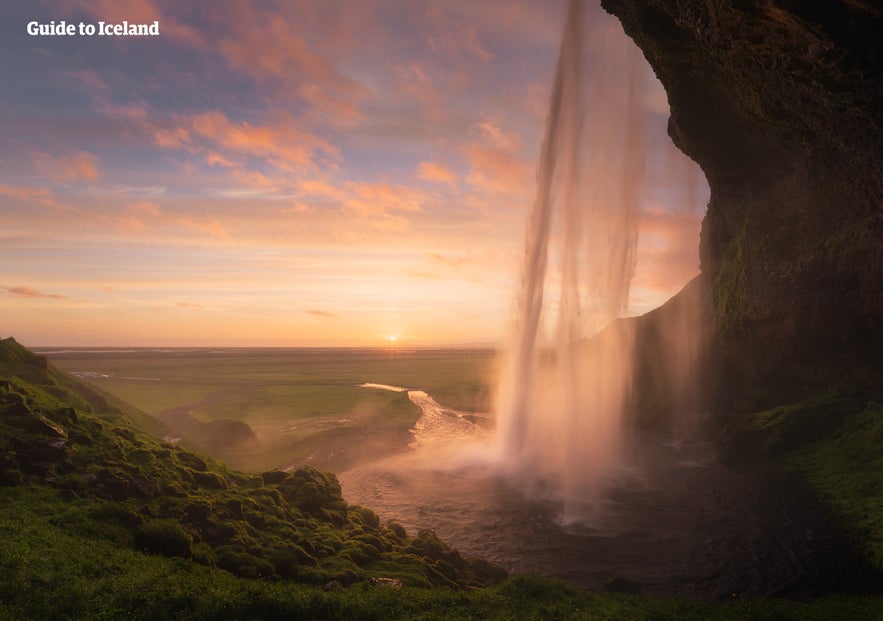
Continuing east along the Ring Road, you will be able to see incredible features to your left and right in clear weather. Out to sea, jutting jaggedly from the surface of the ocean, you’ll spot the Westman Islands, whereas inland, you can admire two great glaciers: the notorious Eyjafjallajökull and the vast Mýrdalsjökull.
At the latter, you can approach one of its tongues, called Sólheimajökull, to see this amazing phenomenon up close. Those with a sense of adventure may even wish to book a glacier hiking tour upon it, for a unique and exhilarating experience that will reveal to you beautiful views of the south.
Some of these glacier hikes also include ice-climbing components, where you can scale an ice wall with the help of a trained and experienced guide.
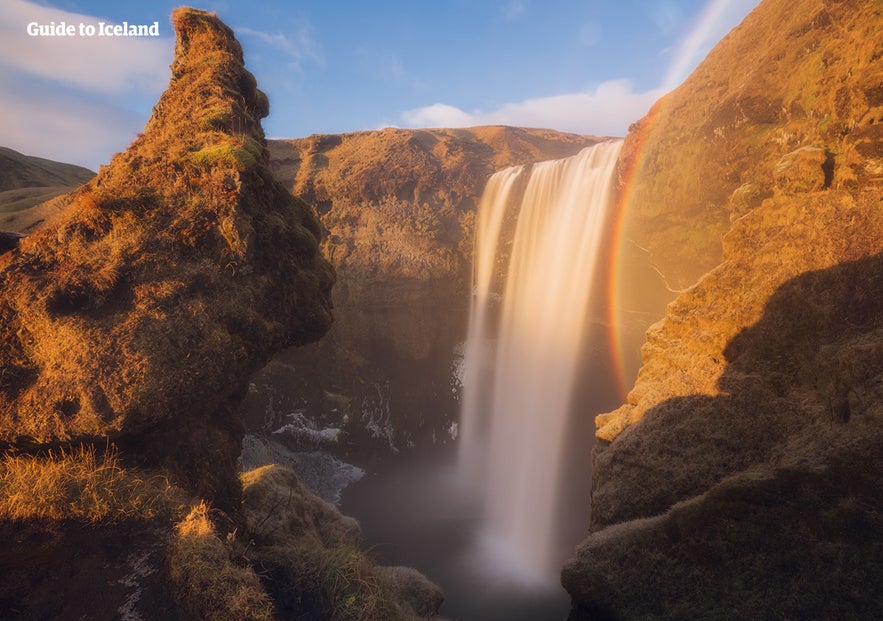
The next major attraction is Skógafoss, a mighty and classic waterfall with a powerful cascade; in sunny weather, rainbows arc through the mist that rises from where the water crashes to the ground. This feature can be admired from many angles, with a staircase beside it and no barriers to prevent you from getting as close as you dare to the cloud of spray.
If you want to inject some culture into today, which otherwise will revolve around marveling over nature, you can visit the nearby Skógar museum. Here, you can learn about Iceland’s technological development over the centuries, as well as the folklore associated with the area.
About halfway along the South Coast, you will reach the village of Vík, which, aside from being charming and worth a little exploration itself, is right beside several impressive coastal features.
Reynisfjara beach is one of the most beautiful in the country, with endless stretches of black sand and enormous basalt pillars rising from the seas just offshore, called Reynisdrangar. According to legend, these were once trolls frozen in the light of the sun.

Also nearby are the Dyrhólaey cliffs and rock arch. This arch is enormous; ships can smoothly sail through it, and bold pilots have also managed to fly through in their small planes. The cliffs themselves become alive in summer, with thousands of pairs of nesting seabirds, including the nation’s most iconic animal, puffins.
- See also: Where to Find Puffins in Iceland
As you continue along the South Coast, you’ll go through a variety of beautiful and unusual landscapes, across ‘deserts’ of black ash, over wide estuaries, and through the fertile countryside. Eventually, to your left, you will begin to see glaciers once more, although all of these are outlets of the largest ice cap not just in the country, but in Europe: Vatnajökull.
The magnificent views will keep you company until you reach the nature reserve of Skaftafell. Often called a hiker's paradise, there are many trails guests can take, the most popular of which leads to Svartifoss waterfall.
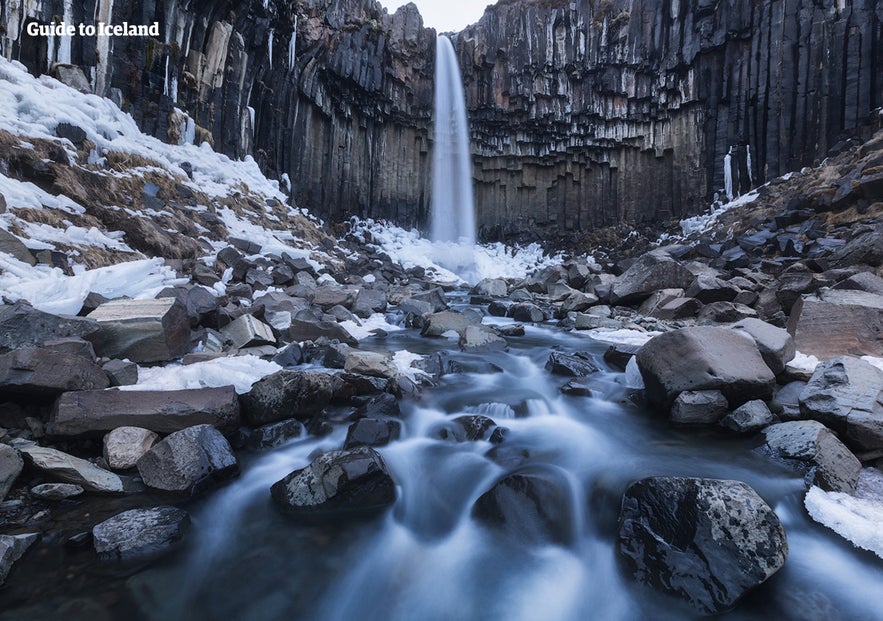
After this, you will head to what many consider to be Iceland’s most beautiful natural feature, the Jökulsárlón Glacier Lagoon. This vast lake contains hundreds of enormous icebergs, some towering taller than multi-story buildings, that cruise slowly towards the ocean, rotating, groaning, and breaking apart as they do.
The sight is utterly mesmerizing, and the variation of colors and textures make it a favorite location for photographers. As if the area needed anything else to make it quite so ‘picture-perfect’, it is also the home of many seals, which can be found hauling out on the ice or playing in the milky waters.
Your final site of the day is located just adjacent to the lagoon. The Diamond Beach, like Reynisfjara, is composed of black sands, but rather than towers of lava being its defining feature, it is lined with the aforementioned icebergs. As soon as they make it out to sea, they wash up here, making a walk along the shoreline feel like you’ve entered another world.
Day 4: East Fjords
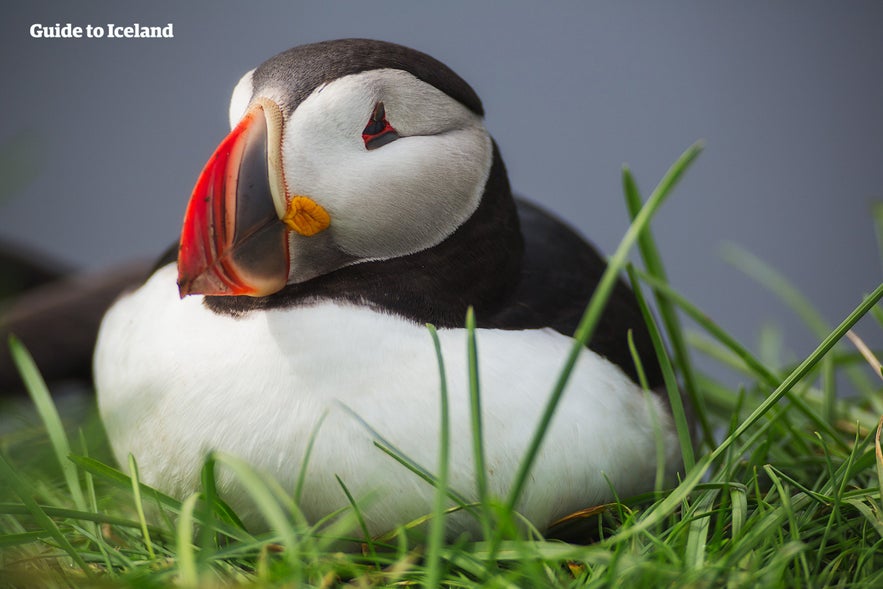
You will no doubt want to start the fourth day of your near two weeks in Iceland back at Jökulsárlón, to admire the icebergs in the light of the morning sun. Tempting as it may be, do not linger too long, as today you'll continue your adventure by exploring the remote and spectacular east.
Before you begin winding up and down its fjords, visiting its tiny fishing villages and marveling over its spectacular landscapes, however, it is well worth visiting ‘the Batman Mountain’, or Vestrahorn, in Iceland’s south-easternmost corner. This feature is unlike any in Iceland, stark, imposing, and composed of gabbro rather than basalt. It earns its nickname from its jagged twin peaks.
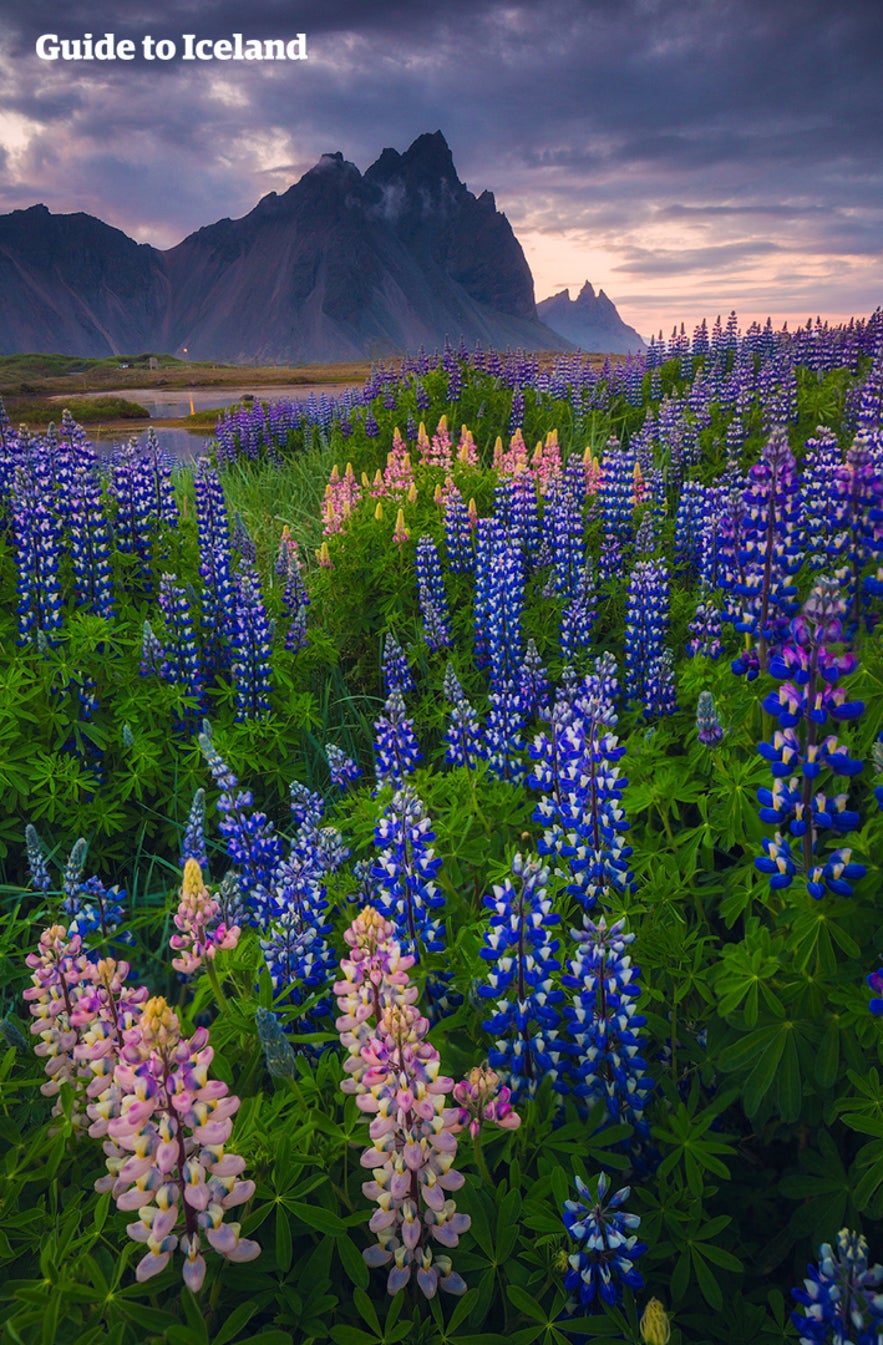
From here, you can set off across the East Fjords. The mountains in this part of the country are enormous, the fjords deep and beautiful, and the settlements quaint and cultural. Djúpivogur, for example, is a must-see village for any with a passion for art, with its many public sculptures.
One of the unique parts of east Iceland is its variety of wildlife. It is, for example, the only part of the country where reindeer roam, usually around the great Mount Snæfell in summer and throughout lower lands in winter. Along the shoreline you have a great chance of seeing seals; in the cliffs are many nesting seabirds including puffins; and, due to the rich waters within the fjords, whales and dolphins are a common sight.
- See Also: Wildlife and Animals in Iceland
The East Fjords are fantastic for travelers who like to take things slow, more famous for its beauty as a region than any individual feature. Of course, however, there are specific locations that you are recommended to get to if you have the time and are so inclined.
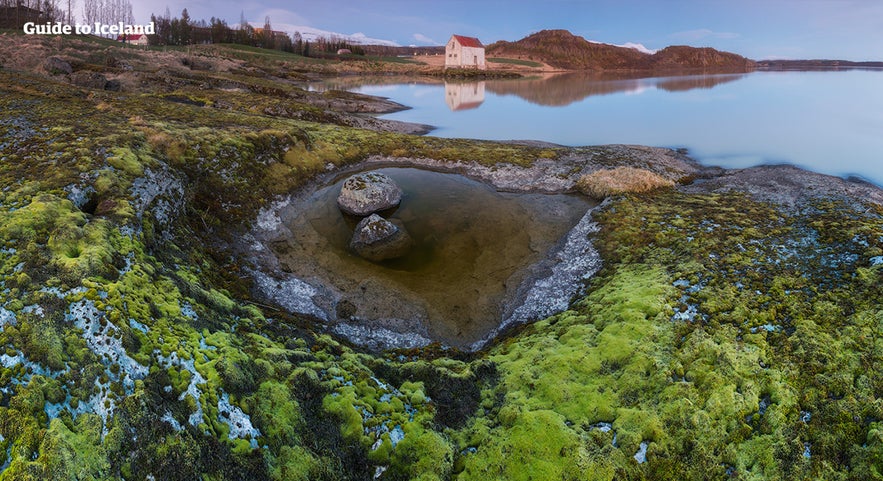
Hallormsstaðaskógur, for example, is the largest forest in the country, with many hiking and biking trails and countless opportunities for birdwatchers. Lágarfljót, meanwhile, is a serene lake with fascinating folklore associated with it. It is said to contain a giant wyrm, with the first records of it dating centuries earlier than the first sightings of the more famous Loch Ness Monster.
On the shore of this lake is the largest settlement of the region, called Egilsstaðir. Though not as bustling as Reykjavík or the northern town of Akureyri, it is still a great location to pick up authentic souvenirs, have a delicious, locally produced meal out, and have a few drinks before retiring for the night.
Day 5: The North-East
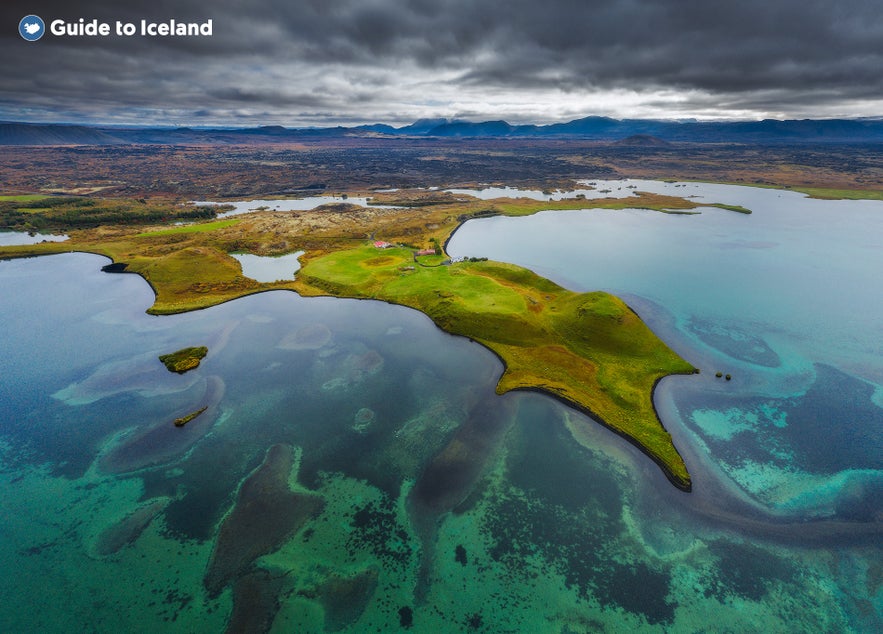
Halfway through your ten days in Iceland, you will head from Egilsstaðir into the north of Vatnajökull National Park, on your way to the incredible Lake Mývatn Area. Although this route is packed with must-see sites, you may wish to see a little more of the East Fjords by heading to the beautiful village of Borgarfjörður Eystri.
This settlement boasts fantastic views and many renowned hiking trails, one of which leads to ‘the Citadel of Elves’, a hill called Álftaborg, which is steeped in folklore and one of the best places in the country to learn about the secretive Hidden People.
- See also: Folklore in Iceland
The northern part of Vatnajökull National Park is mountainous, rugged and beautiful, with fantastic glacial views and expanses of jagged lava. Its most famous feature is the Jökulsá á Fjöllum canyon, which contains three waterfalls all within walking distance of each other. While Selfoss and Hafragilsfoss are both beautiful, Dettifoss is the star of the show.

The most powerful waterfall in Europe, it has a width of 100 meters and height of 40, throwing off vast clouds of spray that will soak any that get too close. This site is so dramatic that it was used as the opening scene in the film Prometheus.
Just north of these waterfalls is a magnificent canyon of Ásbyrgi. Filled with verdant woodland in summer, the cliffs surrounding it form a horseshoe shape. It is so perfectly formed and spectacular that early Icelanders thought it was created by the stomping of one of the feet of the eight-legged horse of Oðin, their most revered God.
After enjoying the canyon, you will then move onto the beautiful Lake Mývatn Area. While the waters themselves are beautiful, with a wealth of birdlife, fascinating geological structures, and unique flora, the region is better known for its geology and geothermal activity.
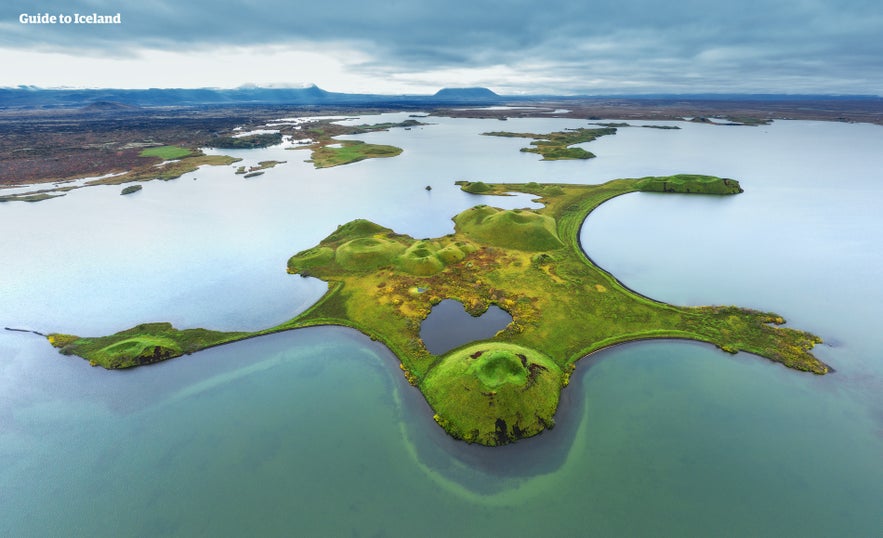
It has, for example, the immense lava fortress of Dimmuborgir, the towers, and caverns of which have led many to compare it to a castle. Nearby, one can explore the seething mud-pits of Námaskarð Pass, and both geological and geothermal wonder can be found at the hot spring cave of Grjótagjá. Game of Thrones fans will recognize this as the setting of one of the series’ more romantic scenes.
To finish the day, it is highly recommended to head to the Mývatn Nature Baths. Here, you can bathe in naturally heated waters, surrounded by incredible landscapes, before retiring for the night in the area.
- See also: Game of Thrones in Iceland
- See also: Myvatn Tours
Day 6: The North
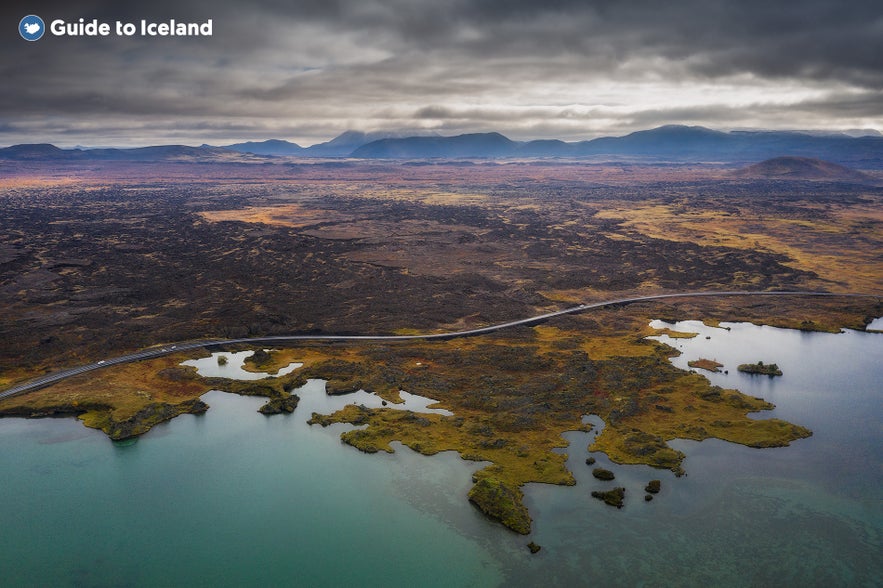
On your sixth day in Iceland, you can make the most of the incredible north. It is recommended that you visit any sites around Mývatn that you missed the day before, before heading westward, towards the ‘Capital of the North’ Akureyri.
Before reaching this town, however, there are two must-see destinations. The first of these is the waterfall Goðafoss, which is as beautiful as it is historic. Here, in 1000 AD, Icelanders symbolically relinquished their faith in the Old Norse Gods by throwing idols of them into the raging waters. This marked Iceland’s conversion to Catholicism, which would cause conflict in the later years of the Reformation.
- See also: History of Iceland
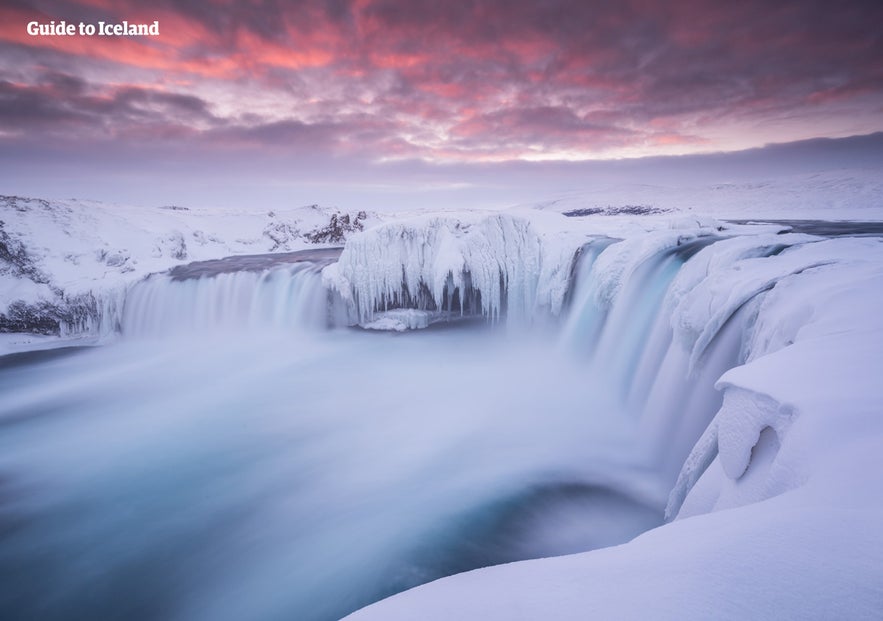
Secondly, it is highly recommended you visit the village of Húsavík. According to some sources, this was Iceland’s first settlement (although official records say that it was Reykjavík), although today, it is renowned for its whale-watching. Throughout summer, most operators boast 100 percent success rates regarding sightings. Regularly seen species include humpbacks, minkes, a variety of dolphin species, and even blue and fin whales.
Akureyri itself, however, warrants several hours of time. It is a cultural center, with excellent restaurants, bustling bars, cute boutiques, and many museums and galleries. It is renowned for its modern, unconventional architecture, and is home to the world’s northernmost botanical gardens.
In winter, it has some of the best ski slopes in the country.
Day 7: Up to Stykkisholmur
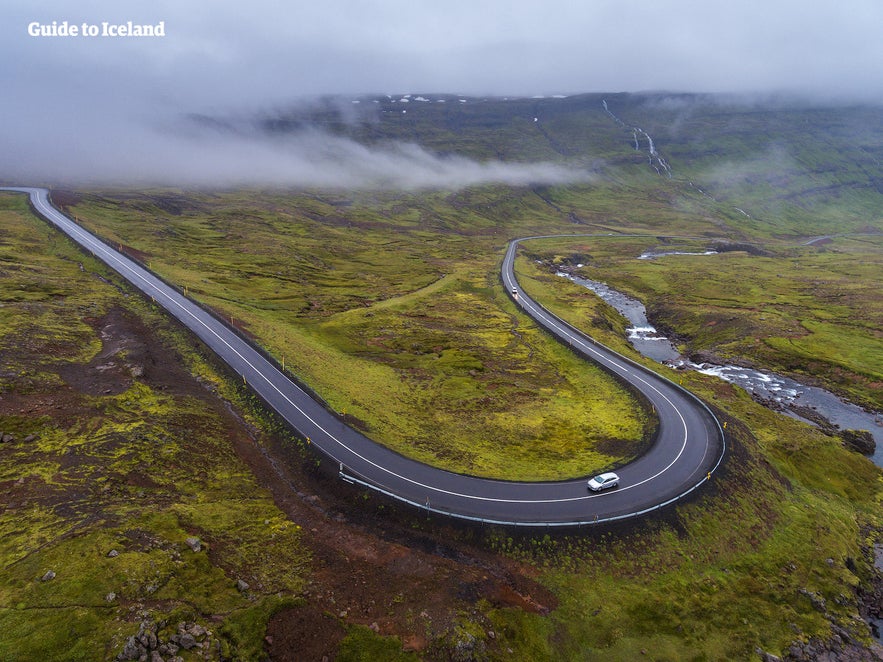
On the seventh day of your immersive Icelandic adventure, you will travel across the northeastern region on your way to the famous Snæfellsnes Peninsula. Many rush along the Ring Road through this part of the country in order to get to the better-known attractions, and miss countless hidden gems en route. On your ten-day holiday, you’ll have plenty of time to see them.
For example, you will have the chance to travel up Eyjafjörður, a fjord renowned for its whale life. At the tiny settlement of Árskógssandur, you may wish to enjoy the unique beer spa, where you can bathe in fermenting beer and taste some of this country’s craft classics. You can also see the small but spectacular village of Siglufjörður, accessible only by going through a mountain tunnel.
Following the road from Siglufjörður west, you’ll come to another quaint village, called Hofsós, which sits on the edge of dramatic, sheer cliffs looking out over Skagafjörður fjord. The best way to enjoy these marvelous views is from the serene, perfectly positioned Infinity Pool. A little further walk through the town will take you to a viewing point where you can see rare, hexagonal basalt columns in the cliff faces.
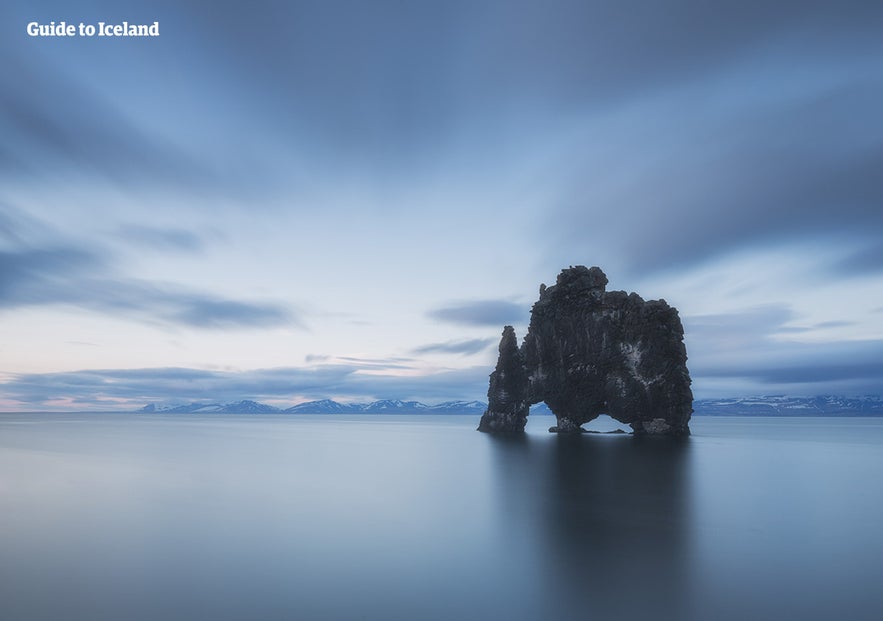
South from Hofsós is the Vatnsnes Peninsula, an area renowned as the country’s best location for spotting seals; several colonies haul out and play in the waters year-round. These adorable animals can be learned about at the Icelandic Seal Centre in the nearby town of Hvammstangi.
- See also: Seal Watching in Iceland
The peninsula is also home to the bizarre basalt formation of Hvítserkur, which rises from the ocean in a shape that somewhat resembles an elephant. Like most distinctive rocks in Iceland, legend has it that this was once a troll.
After exploring Vatnsnes, you can then drive towards the Snæfellsnes Peninsula, passing through diverse and beautiful countryside. Your final destination for today is its largest town, Stykkishólmur, which has many quaint buildings and is steeped in traditional fishing culture and folklore.
Day 8: Snaefellsnes in depth
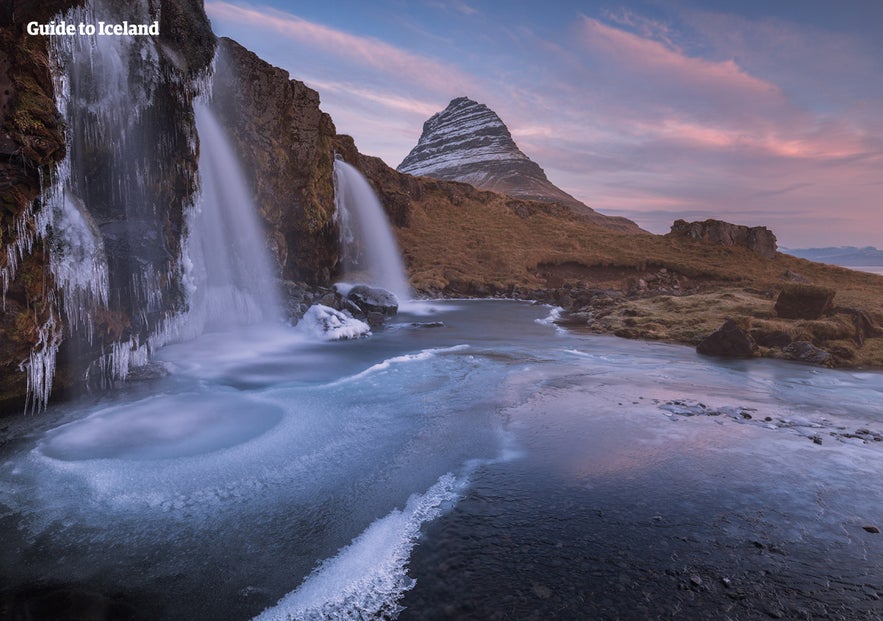
On the eighth morning of your ten days in Iceland, you will have the opportunity to explore the Snæfellsnes Peninsula in depth. This region has earned the nickname ‘Iceland in Miniature’ due to the sheer diversity of its features and landscapes, and today you will get to see them all.
Before setting out from Stykkishólmur, you may want to take a boat tour out into the beautiful waters of Breiðafjörður bay, which is rich in both bird and marine life. Some of these tours include fishing components, allowing you to catch yourself an early meal.
Heading west along the peninsula, you will soon come to a small and scenic village called Bjanarhöfn, most famous for its shark museum. This, however, is not quite what it sounds. Rather than informing guests about these sleek predators of the deep, the museum focuses on how Icelanders catch, ferment and prepare shark in the form of the national delicacy of hakarl.
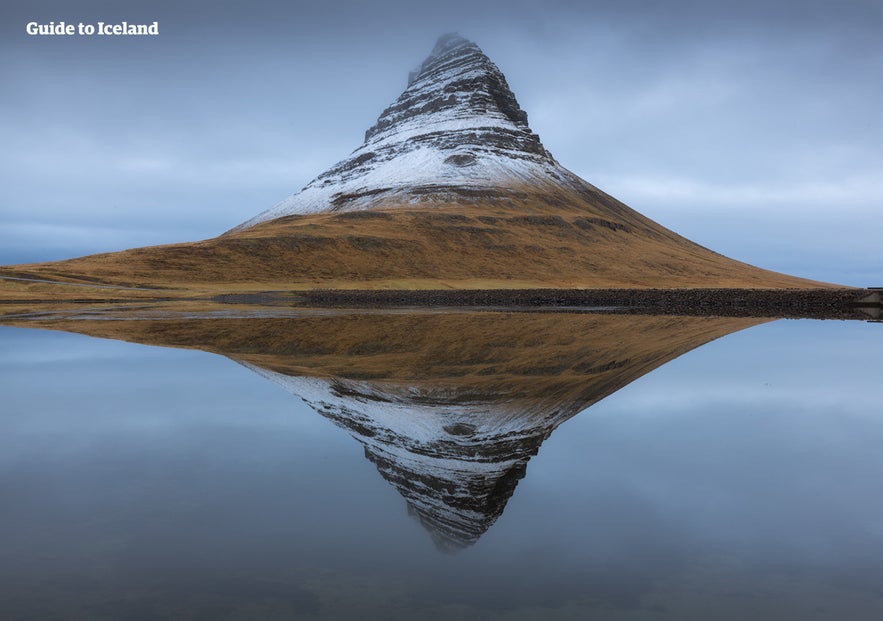
It should be noted, however, that the word ‘delicacy’ here is used very loosely; hakarl has a notorious reputation for its disgusting taste and an even worse one for its smell. Luckily, the museum will provide you with the traditional shot of Brennivin to cleanse the palette with, if you can keep it down.
- See also: Disgusting Food in Iceland
After this unusual but undoubtedly fascinating exploration of Icelandic culture, you will move on to see one of its most well-known natural features. Kirkjufell, or ‘the Church Mountain’, is a pyramid-shaped peak that rises by the ocean, beside a quaint waterfall named Kirkjufellsfoss. Unofficially titled ‘the most photographed mountain in Iceland’, Kirkjufell’s distinct beauty changes by season, lighting, and weather, making it a favorite subject for shutterbugs.

It is recommended to have a short hike around Kirkjufell, to admire it from different angles, before continuing along the road and entering Snæfellsjökull National Park on the tip of the peninsula. This incredible park is named after, and centered around, the twin-peaked glacier and volcano within it, the iconic Snæfellsjökull.
Without a doubt one of Iceland’s most striking and beautiful features, this monument has inspired many an artist, particularly writers. The nation’s only Nobel Prize Winner, Halldor Laxness, used it as the main setting for his novel ‘Under the Glacier’, whereas in ‘A Journey to the Centre of the Earth’, by Jules Verne, it holds the cave where the protagonists’ subterranean adventure begins.
The glacier is not the only feature within the park, however; it is also home to the great basalt plug of Lóndrangar, all that remains of a once-massive crater. This incredible landmark can be reached with an easy hike, and is home to thousands of seabirds throughout the year.
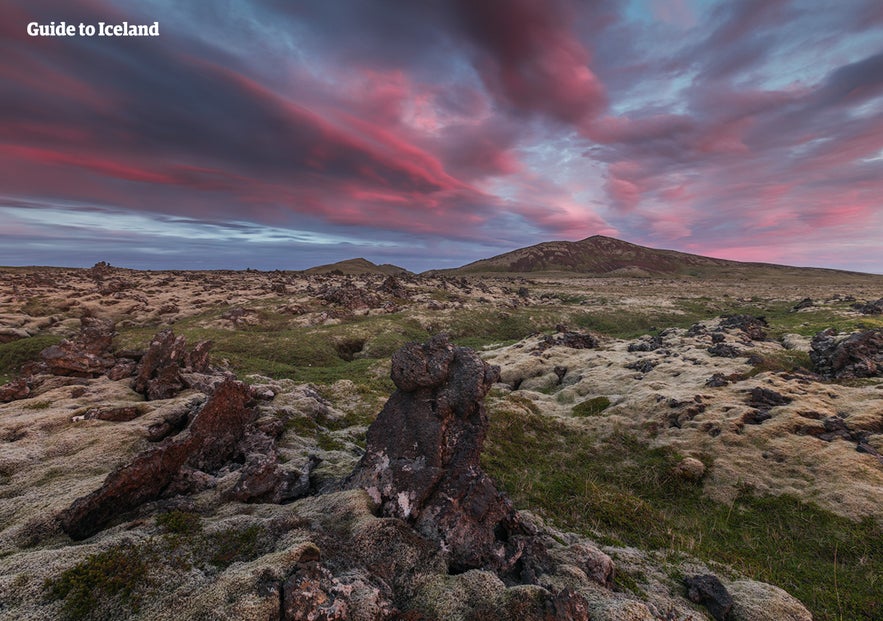
As you round the peninsula and leave the National Park, you’ll pass through the historic, all-but-abandoned hamlet of Hellnar and the charming, thriving village of Arnarstapi, which is perfect for a lunch stop. If traveling in summer, you can head a little north from here to go caving in Sönghellir, a lava tunnel named after the beautiful way that sound resonates through it.
After this, it is recommended to take a hike up to Rauðfeldsgjá gorge, a dramatic cleft in a mountainside that can be clambered into. Those without proper hiking equipment will be able to reach a serene little waterfall, and those with decent boots and waterproof clothing can clamber up beside it and penetrate the gorge further, to add a little more adventure to the day.
As you continue east along the Snæfellsnes Peninsula, you will pass a lonely, windswept church in the abandoned village of Buðir, before seeing the dramatic waterfall of Bjarnafoss, which can be hiked up to.

The next feature of note on the southern side of the peninsula is Ytri Tunga Beach, where another seal colony can be found, basking on rocks just offshore throughout the year. As you drive further east from here and look inland, you will notice rows of hexagonal, symmetrical basalt columns on the cliffs of Gerðuberg, so intricately formed that it is almost unbelievable that they were created by nature.
Your final major site for the day will be the crater of Eldborg. A staircase winding around the volcano allows you to reach the top, and it is possible to fully encircle it for some fantastic views.
For your eighth evening, you can retire in one of the little villages on the Snæfellsnes Peninsula, or else the settlements of Reykholt or Borgarnes in West Iceland. Wherever you stop, you will be perfectly positioned to set out for your penultimate day of exploration.
Day 9: West Iceland
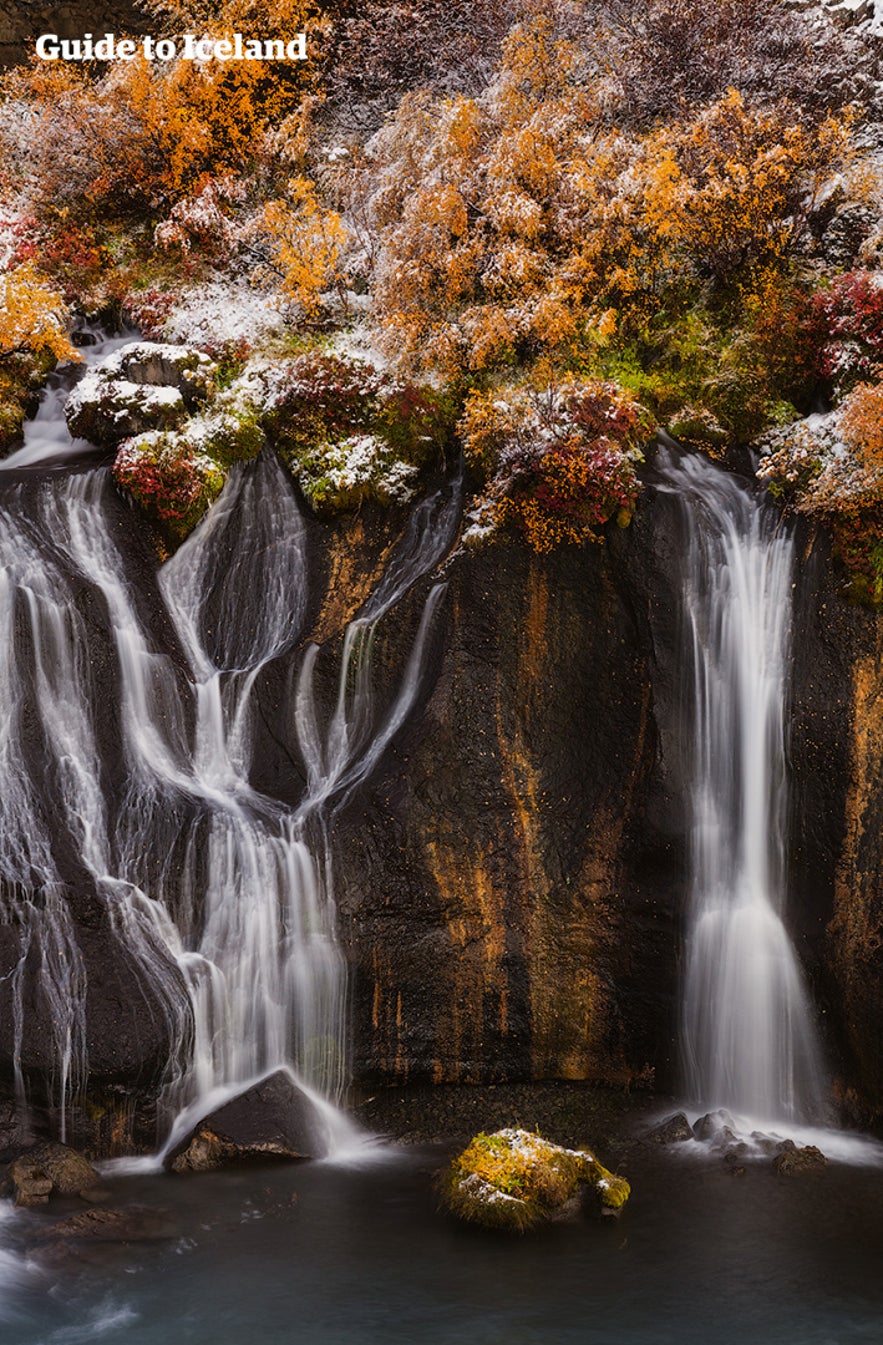
Your ninth day in Iceland will be spent enjoying the many sites of the incredible west. As mentioned, it has two major settlements, both of which have a wealth of history and fascinating culture.
Reykholt is a tiny village, with quaint buildings and a beautiful church with a striking red steeple. It is best known for once being home to one of the most important writers and historians of the medieval era, Snorri Sturluson.
Without his works, we would know very little about the lineages of the monarchs of North Europe, nor about the Old Norse Gods; it was him who composed Edda, the ‘bible’ of this pagan belief system that had otherwise only been preserved orally.
Snorri’s life was quite as fascinating as his contribution to history, being pivotal in embroiling the country into civil war. All this can be learned about at the Snorrastofa Research Centre, in Reykholt.
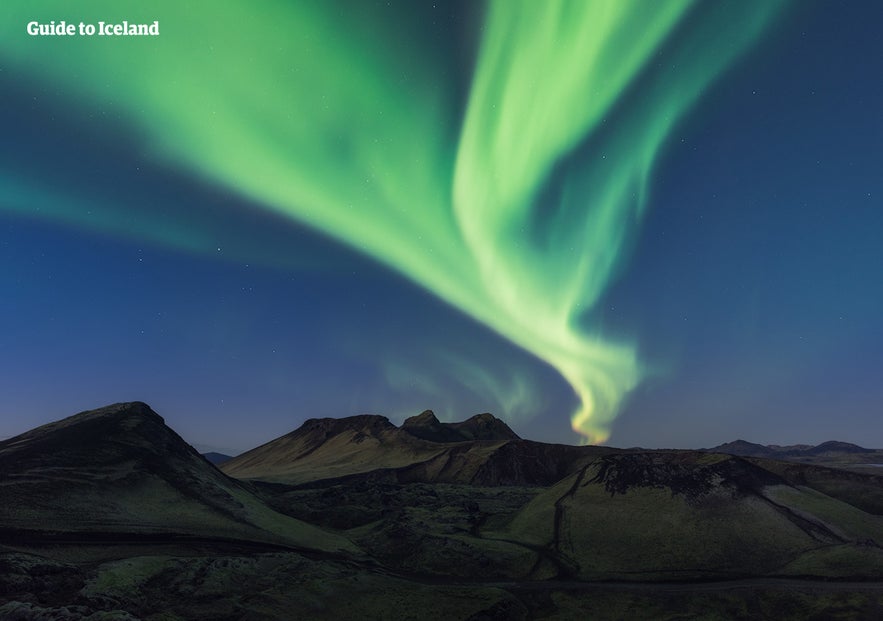
The town of Borgarnes, meanwhile, was one of Iceland’s first settlements and thus is appropriately the home to the Icelandic Settlement Centre. This fascinating museum has two exhibitions. The most popular describes how and why this remote island was populated, covering Iceland’s history from its first arrivals to the establishment of the Alþing, or National Assembly, in 930 AD.
The second exhibition focuses on one of the nation’s most popular sagas, Egill’s Saga. These sagas are fascinating stories, focusing on the early heroes and poets, revealing vast amounts about Icelandic history, culture, and the nature of its people.
These cultural epicenters, however, are hardly the only attractions of west Iceland; there are a wealth of natural sites to see too.
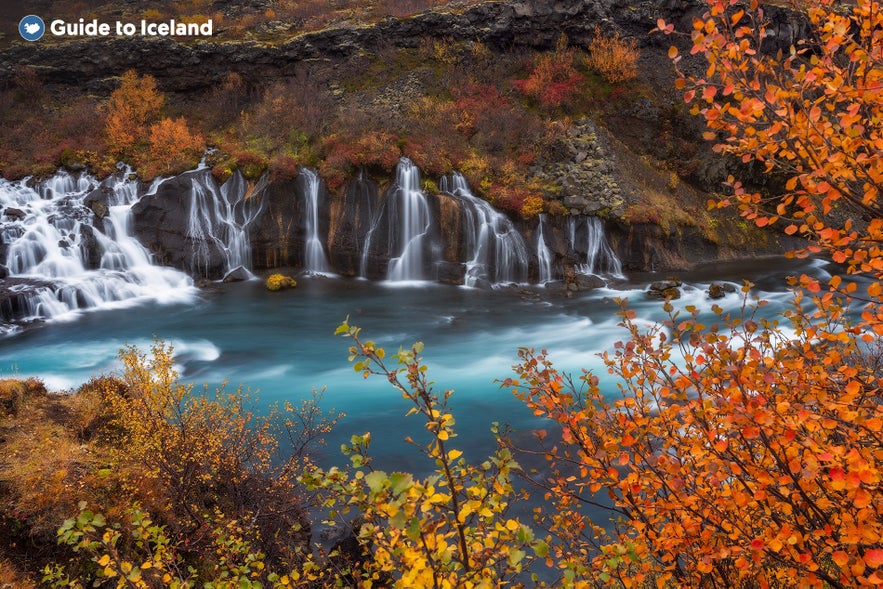
You can, for example, visit the highest flowing hot spring in Europe, Deildartunghver, bubbling and seething as it pumps up gallons of near-boiling water from the depths of the earth. By here is the Krauma Spa, which is fed by the hot spring, where you can ease away any tensions from your travels.
- See also: Best Swimming Pools in Iceland
Just a short drive away are two waterfalls, Barnafoss and Hraunfossar, only a few minutes walk from each other. In spite of their proximity, they could not be more different. Barnafoss is a turbulent, rapid torrent, rushing through a narrow canyon, while Hraunfossar could not be more serene, trickling in many gentle rivulets across a wide plateau of lava.
West Iceland is also home to the beautiful Hvalfjörður, also known as the Whale Fjord. Here, one can find a hiking route to the second-tallest waterfall in Iceland, Glýmur, although be warned; though the path is beautiful, through hills blooming with wildflowers, it requires you to cross a river over a precarious log-bridge.
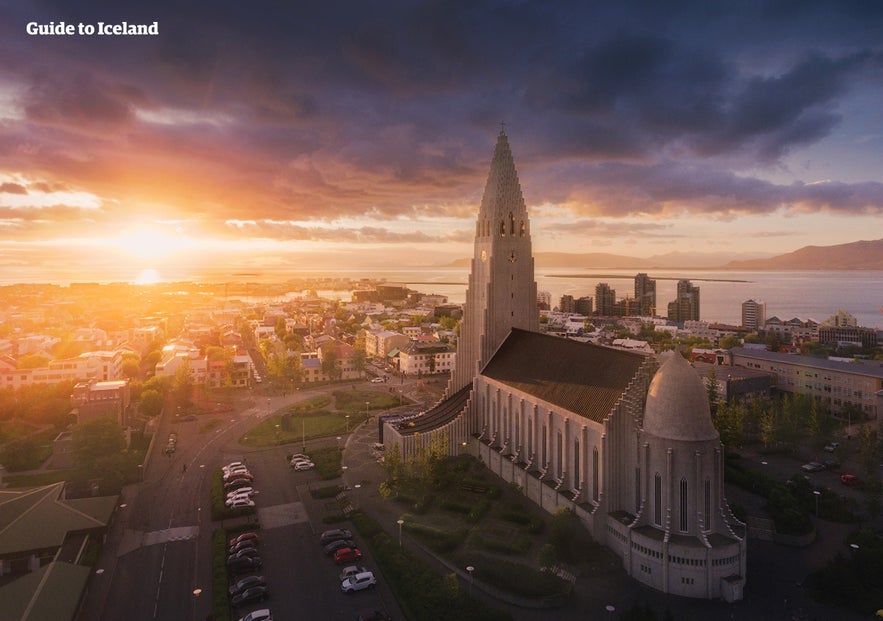
After enjoying all these sites, you can return to Reykjavík, completing your circle all the way around the country. Tonight, therefore, is a perfect time to have a celebratory drink in one of the city's many quirky bars.
Day 10: Final Day
On your final day in Iceland, what you can do depends on the time you have before your plane departs. If you have an evening flight, you’ll have the perfect opportunity to take a caving tour in Leiðarendi, a lava tube just outside the city, or a whale-watching tour from Reykjavík’s Old Harbour. Of course, you could also head to the Blue Lagoon for a final swim in this country’s geothermally heated waters.
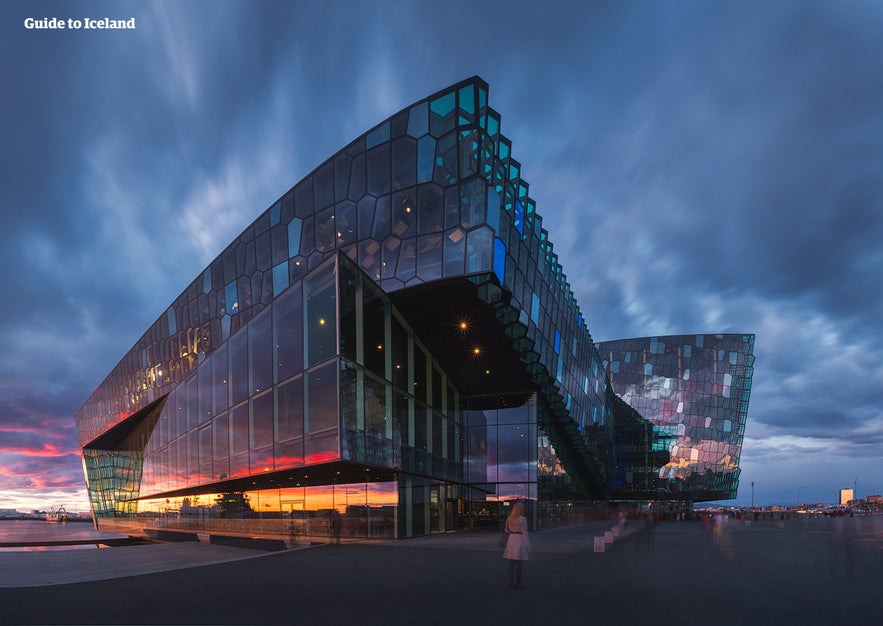
If you are a little more pressed for time, you could instead take a walk down Reykjavík’s main street, Laugavegur, to peruse the boutiques for that perfect souvenir. Otherwise, you could go sightseeing around its major landmarks, such as Hallgrímskirkja church, the Harpa Concert Hall, and the Sun Voyager sculpture.
Make sure you are back at Keflavík airport two hours before your departure time, however, and enjoy your flight home reminiscing over your great ten days in Iceland.


